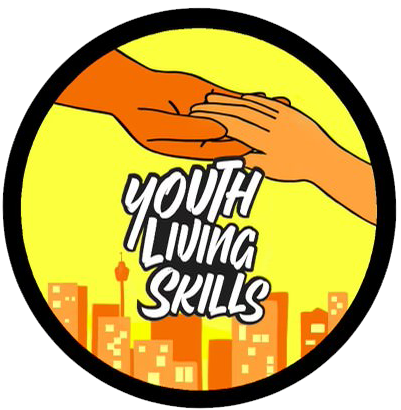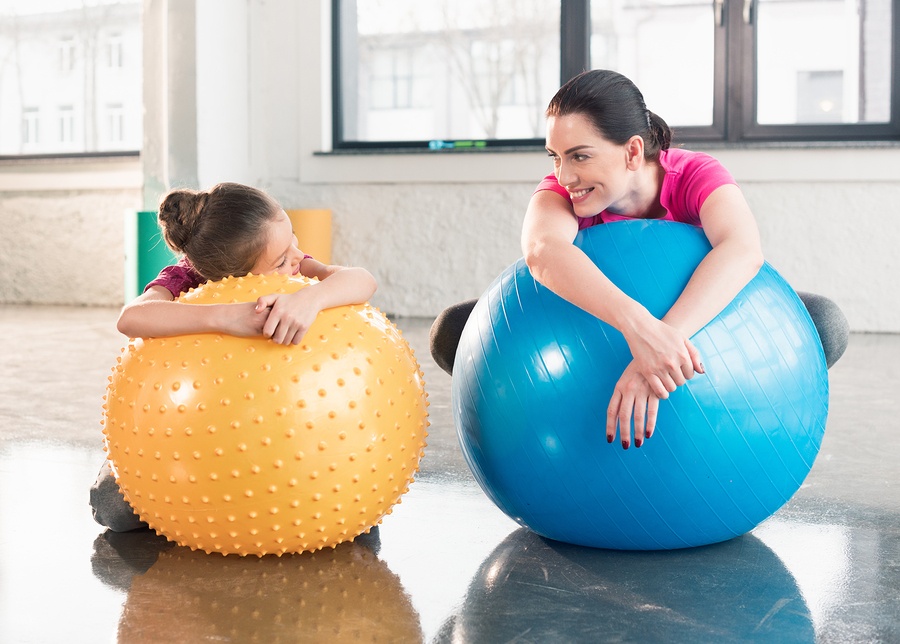What are gross motor skills?
A basic yet integral component of a child’s development is the advancement of physical skills. Gross motor skills are essential to regulate the body’s large muscles, which are important for core stabilisation, hand-eye coordination and other basic functions such as standing and sitting upright, running, walking, throwing, crawling and catching. In order for these skills to develop, it is crucial that the child’s upper body (starting with the head and head control) develops, followed by the lower ones. Development of the trunk and extremities then follows. Needless to say, these abilities are central to the child’s overall development, and affects how they engage with others and their environment.
Gross motor development
Children’s development often varies from one child to another, and it may be difficult to define what is “normal” in a child’s development. However, while this development is highly individualized and can be affected by environmental and other external factors, there are certain timeframes within which babies and children are expected to reach specific gross motor milestones. Below is an outline some major physical milestones at various ages:
– From birth to 6 months: Raise head slightly off the floor (when on stomach); hold up head momentarily; rolling over from their back to the front; beginning to sit up independently.
– Between 6 – 12 months: Crawling; sitting up independently; can move to different positions (e.g. from sitting to all fours, to lying on stomach); beginning to pull themselves up to standing position; walking with aids (e.g. holding onto furniture); rolling a ball; walking small steps independently.
– Between 12 – 18 months: Stand without support; can start to walk, stop and turn without falling; crawling up stairs and furniture; starting to run; stand on one foot with help; can kick large balls; starting to ride toys (e.g. toy cars); showing good balance and overall coordination.
– Between 18 – 24 months: Walking independently (including turning corners); beginning to run; carry objects with hands; start to walk up and down stairs; can pick up objects (e.g. toys) from the floor without falling.
– 3 years: Starting to stand on one foot unaided; raising arms together; can play on jungle gym, stairs and ladders; using stairs with alternating feet; starting to pedal a bike; jumping with two feet; can catch with assistance of their body; walking on tip toes.
– 4 years: Can stand on one foot for a few seconds; throw, kick and catch balls; can walk in a straight line; hops on one foot; can run around obstacles and jump over objects with two feet.
– 5 years: Walk up stairs with assistance; can walk backwards; skipping forwards; using monkey bars and can hang from a bar for a few seconds; jumping forward without falling; can catch a small ball.
– 6 years: Walk on a balance beam; developed jumping abilities; use skipping rope; run on tip toes; can hop a few metres; developed throwing and catching skills.
What are the implications of gross motor skills difficulties?
The establishment of physical development ensures that a child can control their gross motor movements, which enables them to interact with their space as well as peers. Adequate gross motor skills are also necessary for performing basic self-care tasks, such as dressing, using the bathroom, cleaning, lifting and carrying objects. Major deficits in these abilities often affect the child’s interpersonal skills, ability to perform expected tasks, performance at school and overall progression as they mature into adolescence and eventually adulthood.
What can parents and families do to support gross motor skills development?
As physical development is a core component of a child’s evolution, there are several simple activities parents and carers can engage children in to assist gross motor development. It is important to give the child ample opportunity to participate in physical activity from a young age. Examples of physical tasks a parent can do with a child include:
– Planning regular play groups with other children of similar age
– Engaging in jumping games, such as skipping and hopscotch to help with balance
– Playing ball games that include catching, kicking, throwing and hitting a ball
– Participating in hopping games, e.g. kangaroo hop

